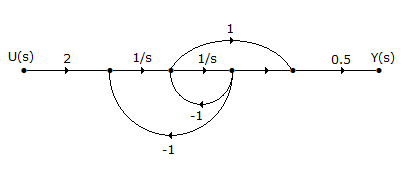Electronics and Communication Engineering - Exam Questions Papers
Exercise : Exam Questions Papers - Exam Paper 13
- Exam Questions Papers - Exam Paper 12
- Exam Questions Papers - Exam Paper 22
- Exam Questions Papers - Exam Paper 21
- Exam Questions Papers - Exam Paper 20
- Exam Questions Papers - Exam Paper 19
- Exam Questions Papers - Exam Paper 18
- Exam Questions Papers - Exam Paper 17
- Exam Questions Papers - Exam Paper 16
- Exam Questions Papers - Exam Paper 15
- Exam Questions Papers - Exam Paper 14
- Exam Questions Papers - Exam Paper 13
- Exam Questions Papers - Exam Paper 1
- Exam Questions Papers - Exam Paper 11
- Exam Questions Papers - Exam Paper 10
- Exam Questions Papers - Exam Paper 9
- Exam Questions Papers - Exam Paper 8
- Exam Questions Papers - Exam Paper 7
- Exam Questions Papers - Exam Paper 6
- Exam Questions Papers - Exam Paper 5
- Exam Questions Papers - Exam Paper 4
- Exam Questions Papers - Exam Paper 3
- Exam Questions Papers - Exam Paper 2
21.
Separation property of state-transition matrix is
22.
In a conventional AM superhetrodyne receivers, the detectors employed to extract intelligence include
23.
Assertion (A): The h-parameter model of a BJT can be derived from its hybrid-p model and vice-versa.
Reason (R): The hybrid-p model has many more additional elements as compared to h-parameter model of the BJT.
24.
The input to a binary communication system, denoted by a random variable x, takes on one of the two values 0 or 1 with probabilities  and
and  . The behaviour of the communication system is modelled by
. The behaviour of the communication system is modelled by
P(Y = 1 |x = 1|) = and P(Y = 0|x = 0) =
and P(Y = 0|x = 0) = 
P(x = 1|y = 1) =
 and
and  . The behaviour of the communication system is modelled by
. The behaviour of the communication system is modelled byP(Y = 1 |x = 1|) =
 and P(Y = 0|x = 0) =
and P(Y = 0|x = 0) = 
P(x = 1|y = 1) =
25.
The signal flow graph of a system is shown below:

The transfer of the system is

The transfer of the system is
Quick links
Quantitative Aptitude
Verbal (English)
Reasoning
Programming
Interview
Placement Papers






